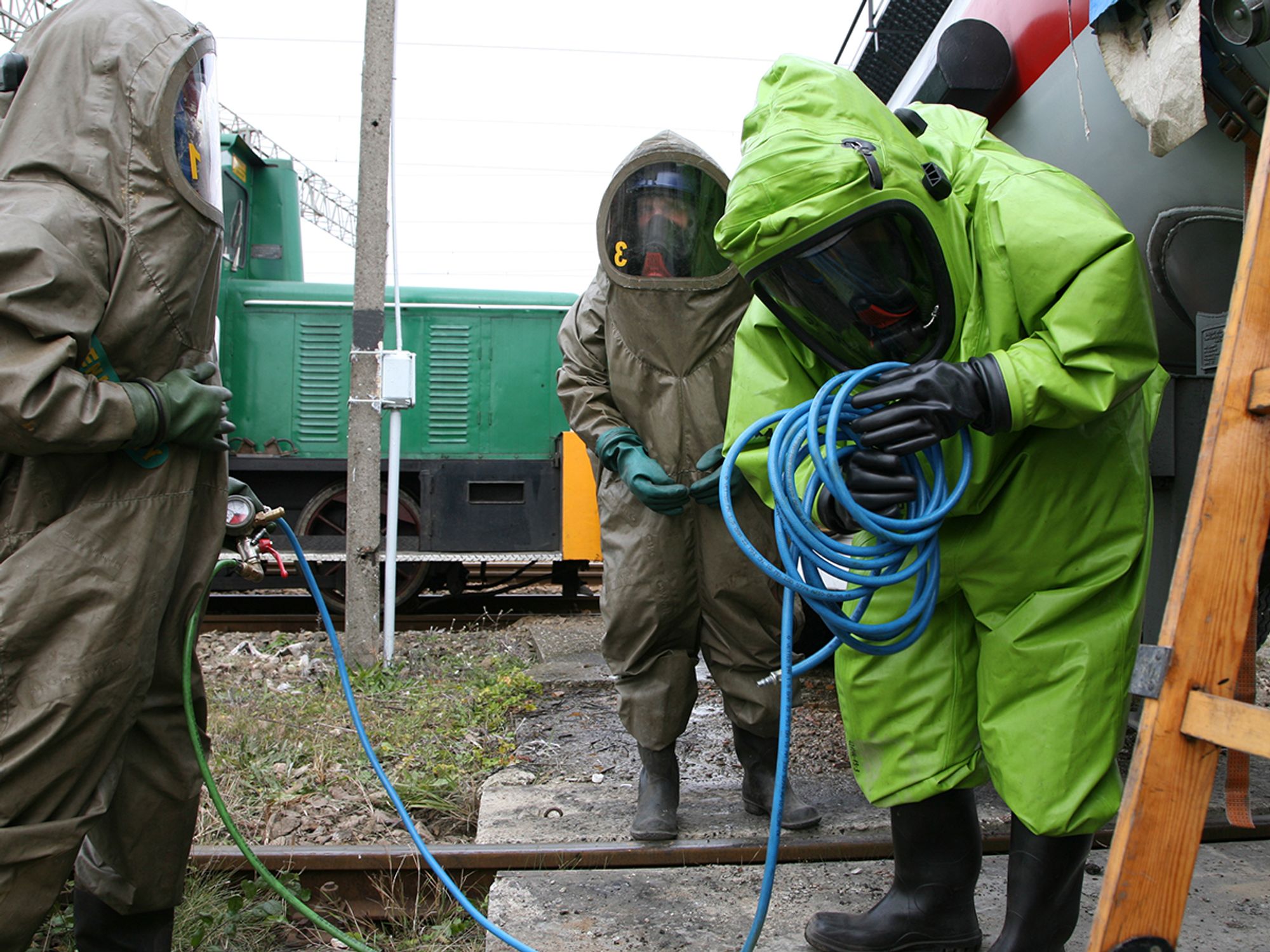Related hazards

- Employers must be aware of and account for both general and specific hazards of the worksite and how these may change/develop over time and as work progresses.
Knowledge of hazards, both in general and specific to the work setting, is crucial to development of a Hazardous Waste Operations and Emergency Response (HAZWOPER) program and employee training. Whether an employer has a hazardous waste cleanup site, hazardous waste treatment/storage/disposal facility, hazardous waste storage area, or emergency response operations, the work setting may pose a multitude of health and safety concerns, any one of which could result in serious injury, illness, or death. These hazards are a function of the nature of the site as well as a consequence of the work being performed.
Under HAZWOPER, worksites may pose an immediate danger to life or health that may:
- Not be immediately obvious or identifiable,
- Vary according to the location and task being performed, or
- Change as site activities progress.
The employer’s written programs must provide comprehensive protection against all potential hazards and specific protection against individual known hazards, and these programs should adapt to new information and changing site conditions. The related hazards described in this section are general categories, and the employer may require more information on certain hazards that apply to its operations.
